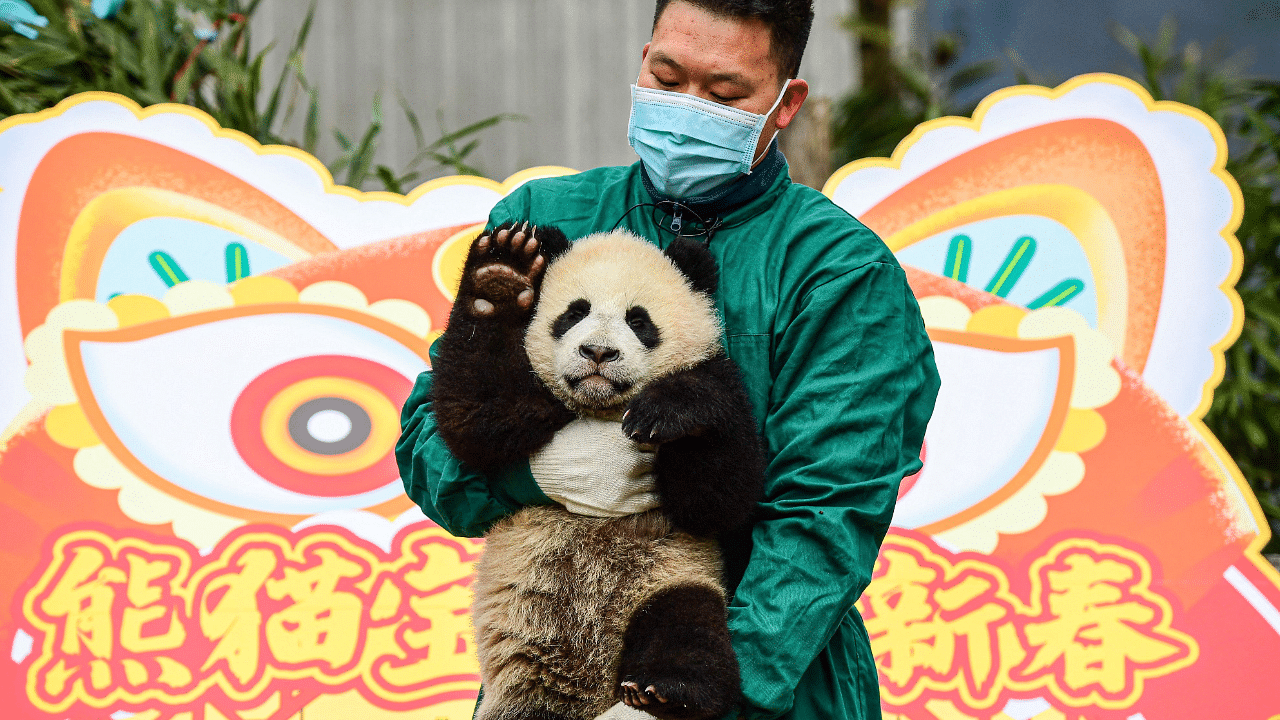
The organisers of the Winter Olympics in Beijing turned to an old friend when picking a mascot: the panda.
This time around, organisers selected Bing Dwen Dwen, designed by Cao Xue, from more than 5,800 designs that had been submitted, according to the official site of the Olympics. Wrapped in a protective layer of ice mimicking an astronaut’s suit, Bing has been making its way around the bubble that is the Olympic Village.
The panda, once considered endangered, is native to China and is the country’s national animal. It has been used by the government as a diplomatic tool — like the pandas that have been donated to zoos in the United States — and has been minted on gold coins issued by the government. In 2008, when Beijing hosted the Summer Games, the organizers chose a panda as one of the five official Fuwa, or good-luck dolls, that served as mascots.
A committee made up of representatives of the Guangzhou Academy of Fine Arts and the Jilin University of the Arts chose Bing, which means “ice” in Mandarin. And Dwen Dwen translates as “robust and lively,” and represents children, according to the website.
The first Olympic mascot, Shuss, was created for the 1968 Winter Games held in Grenoble, France. At the time, organizers referred to Shuss as a “character” and not as a mascot. Its crude depiction of a man zipping downhill on skis is probably a result of the fact that it was created in a “hurry,” according to the Olympics website. The designer was given one night to design Shuss.
Since then, there have been 26 mascots for the Winter and Summer Games, including an anthropomorphic American bald eagle dressed as Uncle Sam for the 1984 Summer Games in Los Angeles. One of the more famous ones was Cobi, a mountain dog from the Pyrenees that was drawn in a Cubist form, for the 1992 Summer Games in Barcelona.
Watch the latest DH Videos here: